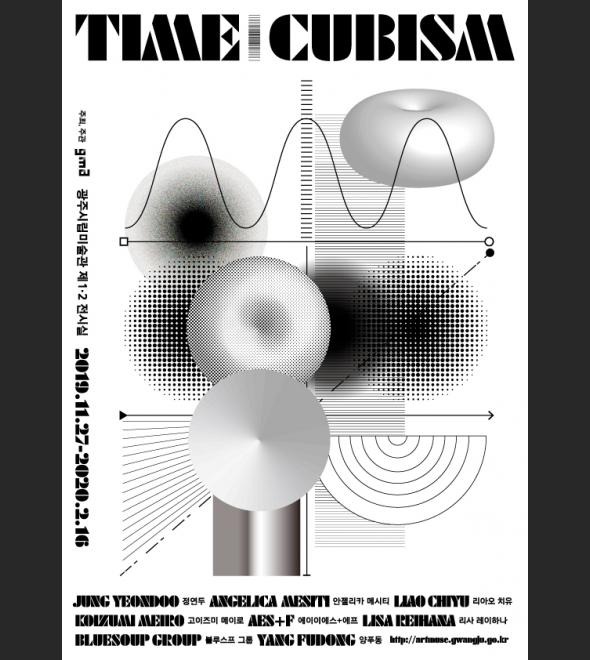
| Period| | 2019.11.27 - 2020.02.16 |
|---|---|
| Operating hours| | 10:00-20:00 |
| Space| | Gwangju Museum of Art |
| Address| | 52, Haseo-ro, Buk-gu, Gwangju, Republic of Korea |
| Closed| | Mon., Jan. 1st, Korean Holiday |
| Price| | Free |
| Phone| | 062-613-7100 |
| Web site| | 홈페이지 바로가기 |
| Artist| |
안젤리카 메시티,리아오 치유,고이즈미 메이로,에이이에스+에프,리사 레이하나,블루스프 그룹
|
정보수정요청



|
|
Exhibition Information
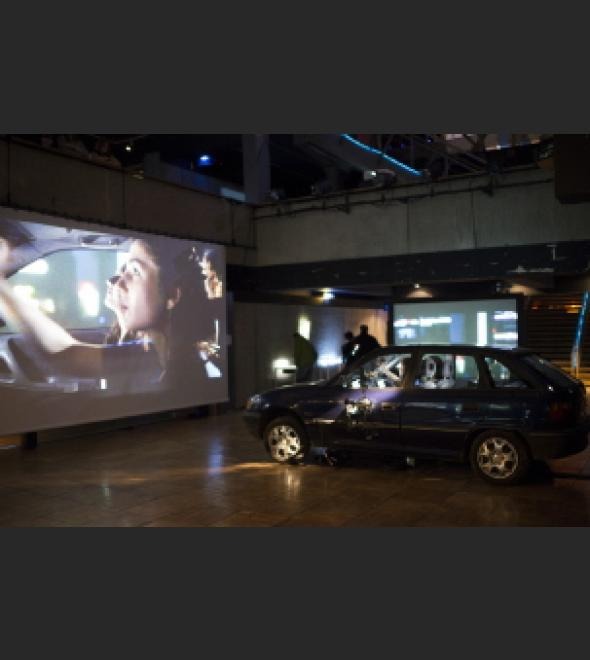
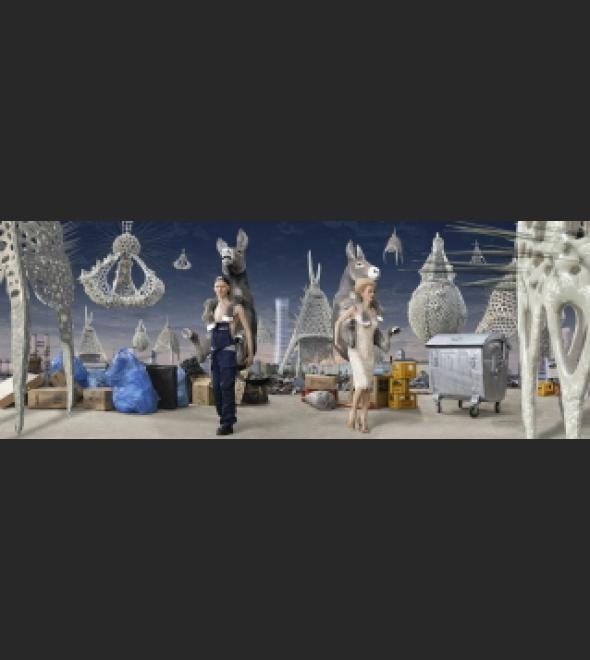
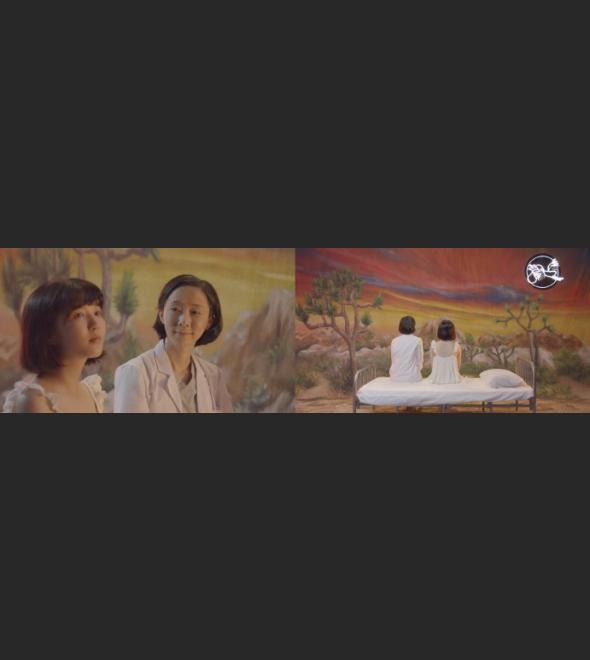
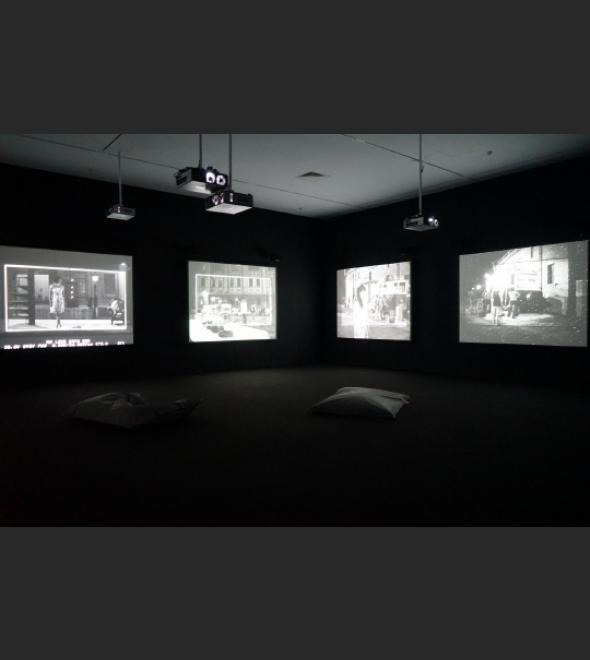
Time Cubism is an exhibition that approaches the aspect of media archaeology and analyzes the aspects of the art media’s new formal techniques. The rapid evolution of digital technology has brought revolutionary changes throughout our lives to the point of overhauling our perceptual and cognitive structures. The creation of a new paradigm from the new medium, the resulting change in spatial and time perception, laid the foundation of creation that produced different aesthetic meanings than before, and also brought about an essential change in the topography of the visual art spread on it. Advances in digital technology are causing us to fragment, phase, rotation, neutralize, and converge the linear time of a particular event or situation we perceive and experience. It is now possible to manipulate and process the technology in the speed of time and the reproduction of time, and the existing timeliness is more flexibly. The perception of four-dimensional time, which has been difficult to experience, has become easier. Since the 1990s, the technology to expand and coordinate frames, which is the basic unit of the movie genre, has been developed, and the video work of multi-area frames has emerged beyond the section. Thus, the number of frames in multichannel images increases indefinitely, diluting the definition of square frames in the image genre. The expression of new timeliness reveals nonlinear and multilayered features in imaging work, and gives us a strange time and space experience with multidimensional screen composition. In conclusion, the pressure for social change caused by the development of technology in the industrial revolution era in the late 19th century is acting as a driver of the "time Cubism" movement in the modern art world by dissolving and reconstructing our perception of space in three dimensions. Time Cubism explores the changing timeliness of contemporary digital-based visual art. In this sense, the exhibition will serve as a meaningful precursor to the new trend of artistic thought in the 21st century.
